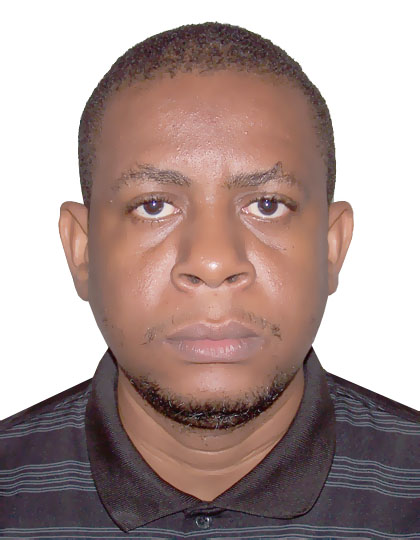|
Ramadhani Sinde |

|
| ramadhani.sinde@nm-aist.ac.tz | |
| All contact details | |
Modeling Energy Efficient Wireless Sensor Network for Forest Temperature and Humidity Monitoring in Usambara Mountain
Prevailing Usambara forest conditions determine seed germination, microbial activity and fire occurrences among others. Currently, there is a shortage of information on real-time temporal and spatial environmental conditions of the forest that drive forest health. Existing forest monitoring systems lack real-time data captures in forest ecosystems. However, WSN gives low-cost solution and real-time capturing. We developed a comprehensive model for monitoring real-time forest temperature and humidity using WSN. Although this system provides real-time monitoring, the WSN faces the number of challenges including low bandwidth, low power, short battery span. Since we deploy sensor nodes in an inaccessible area and the sensors have limited batteries, which cannot be replaced in this situation. Careful management of power resource is needed to increase the lifetime of the WSN. To prolong network lifetime, this model consists of packet forwarding protocol in a collaborative Wireless Sensor Nodes, a sleep-wakeup algorithm that can find appropriate nodes to be awakened so that the shorter and lighted paths can replace the long and heavy ones. This study was conducted in the biodiversity-rich Usambara forest reserve in Tanzania. These are the broad areas in East Africa dominated by different species of trees and animals. We developed a central database for collecting and storing remotely collected data. Analysis of collected data have conducted using data science techniques, and then we communicated the analytical results to the relevant department as the policy-making basis by which the department will decide on fire prevention or studying the forest behaviour. Timely collected environmental data will help to predict wildfire since the temperature rise causes most of the wildfire, prediction of migration of animals, and impact of microclimate effect on soil animals, also a prediction of rainfall, soil moisture and soil contribution to global CO2 cycle. The proposed model would dramatically reduce the deployment and operating cost without any loss of data quality, and hence maximize the network lifetime of the network.
Keywords:
Wireless sensor network, low-power, environmental monitoring, energy efficiency.
Contact details:
Nelson Mandela African Institution of Science and Technology
Arusha, Tanzania
Follow Ramadhani on ResearchGate or find him on Google Scholar
